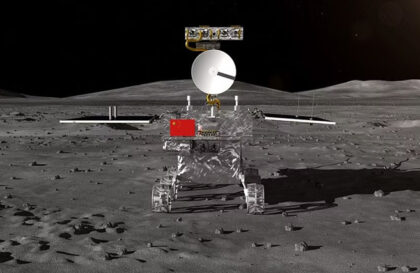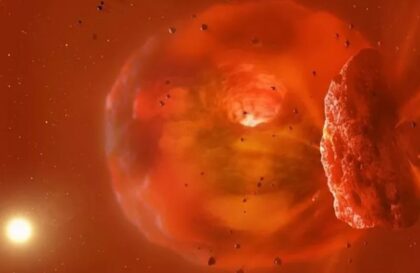The Whirlpool Galaxy, the Virgo cluster, contains more than 1,300 member galaxies. Charles Messier noticed it in the constellation Virgo on October 13, 1773.
Charles Messier was a French astronomer born in 1730 in Badonvillers, Lorraine. He was a Paris Academy of Sciences member and is best known for his work cataloging astronomical objects. His family’s wealth and connections primarily influenced Messier’s career in high circles. He discovered numerous comets, but his greatest contribution to astronomy was compiling a catalog of celestial objects that were not comets.
What is the Whirlpool Galaxy?
The Whirlpool Galaxy is a term used to describe a Milky Way region exhibiting a high concentration of stars and gas, resulting in a strong gravitational pull that can cause gas and dust to swirl in a spiral pattern. This region is also known as the Galactic Center because it is located in the heart of the Milky Way. The Whirlpool Galaxy is characterized by a supermassive black hole, believed to be responsible for the solid gravitational forces shaping the region. This black hole has a mass about four million times that of the Sun and is surrounded by a dense cluster of stars.
Astronomers have used NASA’s Chandra X-ray Observatory to discover one of the nearest supermassive black holes to Earth that is currently undergoing powerful outbursts. Credit: X-ray: NASA/CXC/Univ of Texas/E.Schlegel et al; Optical: NASA/STScI
The Whirlpool Galaxy consists of a disk containing stars, dust, and gas and a dense core defined by an abundance of massive stars and black holes. The spiral arms that permeate its structure distinguish it from other types of galaxies, such as ellipticals or irregular galaxies. Large regions of active star formation usually characterize the Whirlpool Galaxy. The structure of the Whirlpool Galaxy consists of several spiral arms that emanate from a central core containing the oldest and most massive stars.
Tools and methods used to discover the Whirlpool Galaxy
Messier used various observational equipment to make this discovery, including a telescope and a star chart. At the time, telescopes were a relatively new technology, and Messier’s instrument had limited range and resolution compared to modern telescopes. However, through careful observation and attention to detail, Messier could identify and catalog numerous celestial objects, including galaxies.
Messier used various methods to make his discoveries, including visual observation, star charts, and careful note-taking. He often spent hours observing a single object, noting its position and characteristics in detail. Messier also developed a system of cataloging celestial objects that is still used today. Its catalog contains more than 100 objects, including galaxies, star clusters, and nebulae. While modern astronomers use modern equipment and computer algorithms to aid in their observations, many of the basic methods and principles used by Messier are still relevant today.
Messier’s methods may need to be revised compared to modern observational methods. However, its discovery and catalog remain a significant contribution to astronomy. Astronomers today use many tools and techniques to observe the universe, including radio telescopes, space observatories, and computer simulations.
Before Messier’s discovery, astronomers needed more knowledge of the structure and composition of galaxies. Messier’s catalog of celestial objects, which included the Galactic Vortex, provided astronomers with an exhaustive list of objects to study, leading to advances in the study of galaxies. By giving astronomers a catalog of celestial objects, Messier’s work enabled the identification and study of new types of astronomical phenomena, such as supernovae and nebulae. This led to the development of new theoretical foundations and mathematical models for understanding the behavior of celestial objects, paving the way for the emergence of astrophysics as a separate field of study. Today, the Messier catalog remains an essential resource for astronomers studying the universe.
In 1771, Messier also described various galaxies, including the giant elliptical galaxy M87, which were included in his famous catalog.
Banner image: A Hubble Space Telescope (HST) image of Messier 51. M51A (the Whirlpool Galaxy) is the spiral galaxy on the left. NGC 5195 is the galaxy in the top right corner. Credit: ESA/ HST
Image credit:
https://www.esa.int
https://www.nasa.gov





